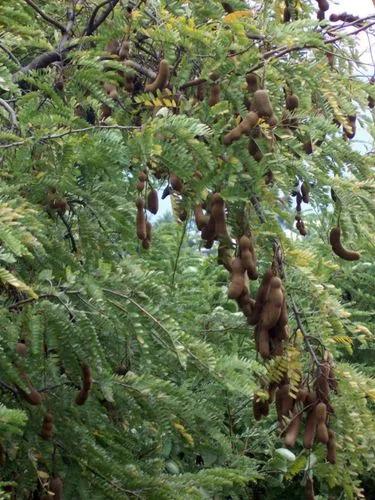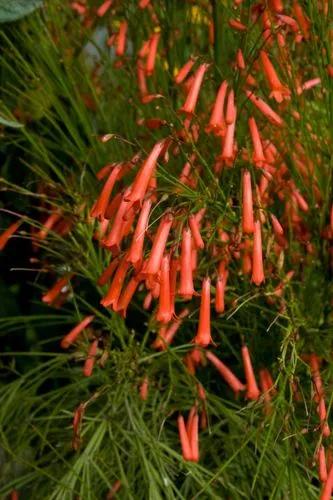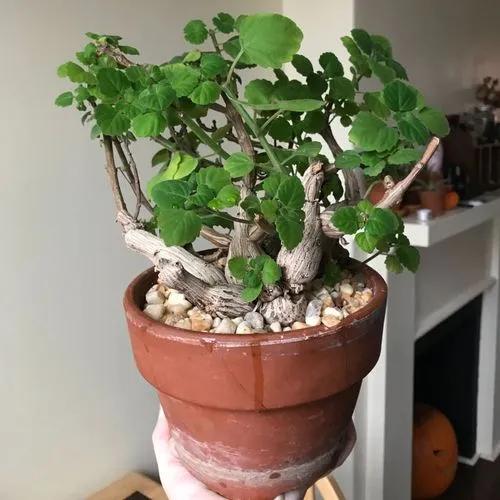Fraxinus latifolia, the Oregon ash, is a member of the ash genus Fraxinus, native to western North America.
Oregon Ash Care
Fraxinus Latifolia



Fraxinus latifolia is a medium-sized deciduous tree that can grow to heights of 20 m (65 ft) to 25 m (80 ft) in height, with a trunk diameter of 40–75 cm (16–30 in) in its 100−150-year average life span.[3] Oregon ash can grow considerably larger and can have well over a 200-year life span, or become stunted and very small in more dry habitats. It can develop a broad crown, almost as wide as a bigleaf maple (Acer macrophyllum) when it grows in the open, but crowns remain narrow when they are part of a denser tree stand, similar to that of red alder.The bark is distinctive with dark gray–brown, and it will eventually develop a woven pattern of deep fissures and ridges. The compound leaves are pinnate, 12–33 cm (4 3⁄4–13 in) long, with 5–9 leaflets attached in pairs to a linear stalk and an additional leaflet at the tip. Each leaflet is ovate, 6–12 cm (2 1⁄4–4 3⁄4 in) long and 3–4 cm (1 1⁄8–1 5⁄8 in) broad.[3] The leaves are noticeably lighter green than those of associated broadleaf species, and turn bright yellow and fall off early in autumn. It is common for the leaves and bark to show signs of disease and brown rot on otherwise healthy plants. After leaves have fallen off the plant in fall and before it begins to leaf out, Oregon ash can be identified by its stout twigs and opposite branching arrangement and opposing buds.
How to Care for the Plant

Popularity

295 people already have this plant 15 people have added this plant to their wishlists
Discover more plants with the list below
Popular articles






